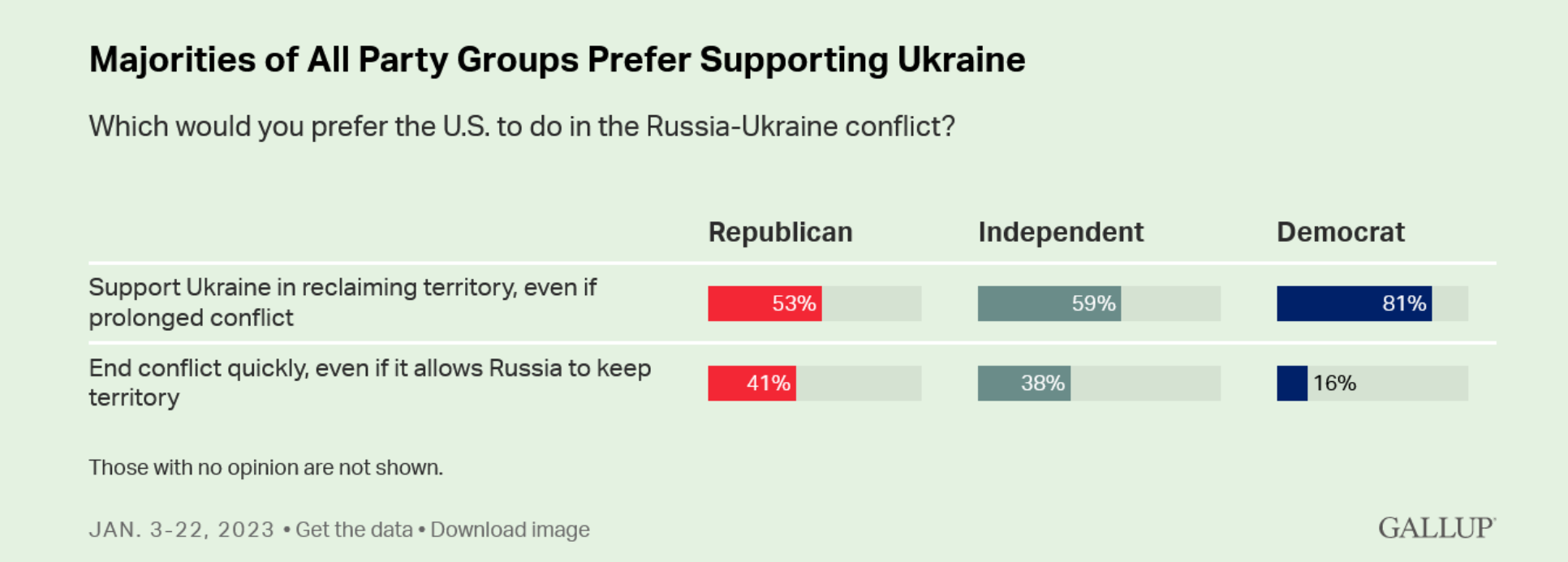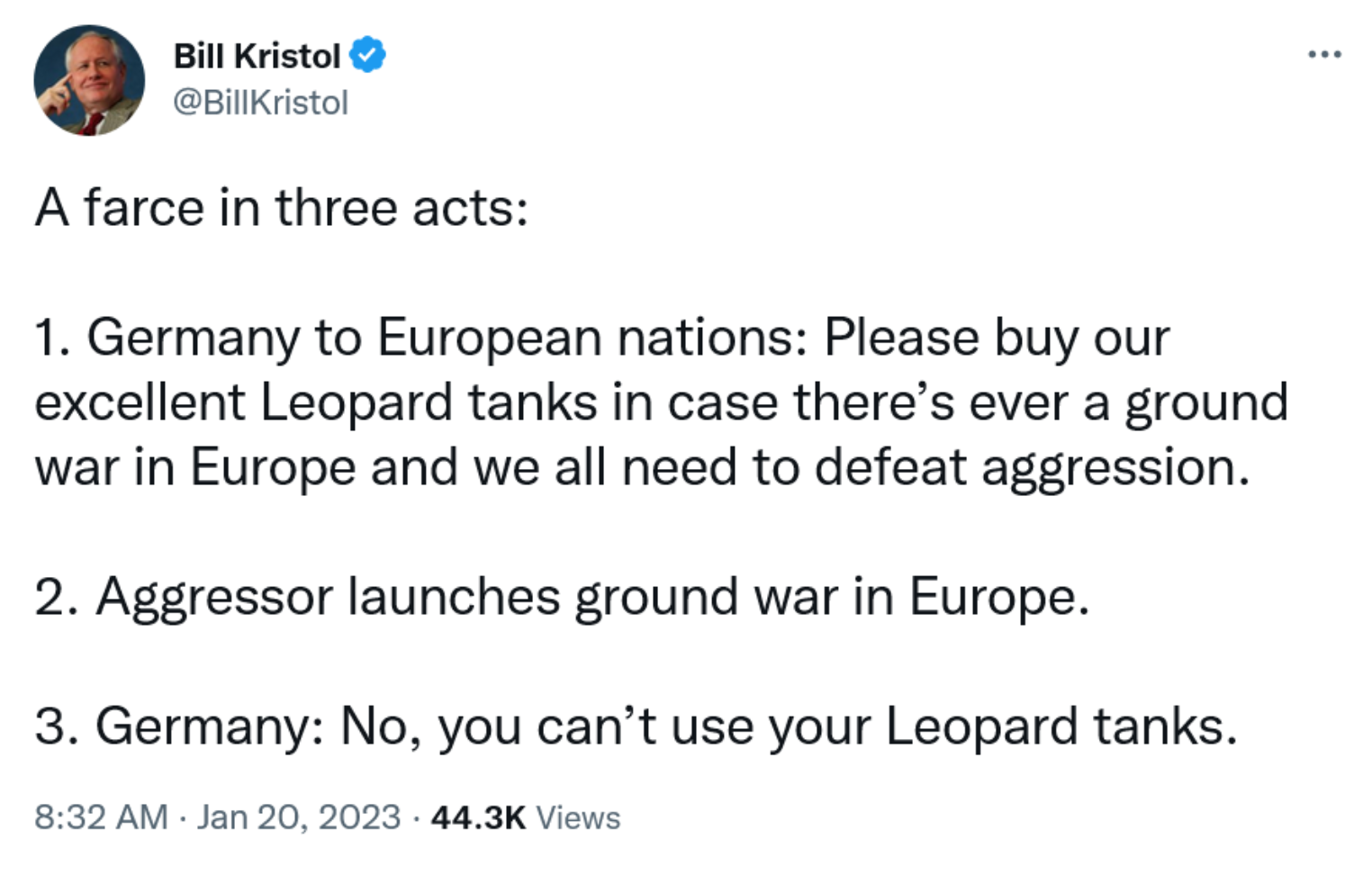The Daily Escape:

Archangel Falls, Zion NP, UT – August 2023 photo by Torsten Hartmann Photography
The most important thing we’ve learned from the Ukraine War is that the US isn’t ready for a protracted war. One of the big reasons why, as The Insider says, America no longer builds weapons the way it used to. And we need to start building weapons again at tempo.
The Center for Strategic and International Studies (CSIS) has drawn a similar conclusion about US weapons manufacturing: There is no surge capacity and it will take years to revive it. According to their study, replacing the inventory of the critical items used in Ukraine, like 155 millimeter artillery shells, will take 4-7 years; Javelin missiles will take 8 years to replace; Stinger missiles 18 years. Before the Ukraine War broke out, the US was producing only about 14,000 155mm shells per year, enough for two days of fighting in Ukraine at current usage rates.
This scramble for ammunition reflects how ill-prepared the US and its allies are to sustain an intense and/or protracted land war.
Think back to America’s weapons building capabilities during World War II. We became an industrial powerhouse, cranking out warships and aircraft at a breakneck pace. One example: The Navy built ships in just weeks — its fleet grew from just 700 to over 6,000 over the course of the war.
The US maintained this capacity for decades but, as The Insider reports:
“Nowadays, it might take years to build a US Navy ship. The reasons for this are complex — shifted priorities, increased technology on board…labor costs — but the effect is clear: In a high-intensity conflict, the US would face challenges in not only producing vessels but also repairing any ships damaged in battle.”
These aren’t the only weapons that are in short supply. The Pentagon issued a study in April on the contraction of our Defense Contracting industry, which went from 52 primary contractors in the 1990s down to just six today. (full disclosure: Wrongo owns what is for him, a substantial number of shares in one of the six companies.)
During Clinton’s presidency, following the fall of the Soviet Union, Defense Secretary Bill Perry convened defense industry CEOs (known in the industry as the “last supper”) and told them that they should not assume production contracts would be maintained at Cold War levels, and they needed to diversify to survive. Many of the companies got out of defense production, and those that remained merged to secure market share of what became dwindling orders from the Pentagon.
This insured that US weapons suppliers wouldn’t be ready for a future that included China’s defense spending surge, the Russia-China strategic partnership, or today’s war in Ukraine.
Now, the Pentagon is revisiting whether industry consolidation has gone too far.
The WSJ reports that today, the industrial base of defense vendors is about 55,000 companies, down from 69,000 in 2016, and many of them are small firms. This smaller base has become a choke point as shortages of labor, chips, rocket motors and other components are stymieing efforts to boost arms production. The WSJ quotes Halimah Najieb-Locke, the Pentagon’s deputy assistant secretary of defense in charge of industrial-base issues, that the Pentagon:
“…is increasingly reliant on a smaller number of contractors for these critical capabilities….That impacts everybody’s ability to ramp production.”
These supply chain issues also dog the global arms manufacturing industry. US companies hold the first five spots in the top 10 ranking of arms sales, with China taking another four. The consolidated sales of the top five have fallen since the start of the Ukraine War.
Having this paradoxical slowdown in sales amid an increase in demand speaks to the larger challenges of a defense contractor base that is geared to peacetime production. The Defense Department has a role in this failure, since they rarely award contracts for multiyear procurements beyond current requirements. Air Force Chief of Staff Gen. CQ Brown said that the military hasn’t focused enough on keeping a steady flow of munitions production and procurement:
“In some cases, because you don’t have a threat on your doorstep, munitions aren’t…high on our priority list…”
Making the age-old point that sometimes, “just in time” isn’t. More from the WSJ: (emphasis by Wrongo)
“Lockheed and second-ranked Raytheon Technologies Corp. jointly produce…Javelin antitank missiles, but they expect it will take two years to double output that is now at around 400 a month.”
More:
“Greg Hayes, chief executive at Raytheon, said that Ukraine has burned through five years of Javelin production since February and 13 years’ worth of Stinger antiaircraft missiles.”
Aerojet Rocketdyne is an example of a small but crucial cog in the defense industry. It builds the rocket motors used in the Javelin and Stinger missiles deployed in Ukraine. Labor and supplier issues have delayed its deliveries of rocket motors. Raytheon, who makes the Javelin along with Lockheed, said it will be 2024 before Aerojet catches up with engine orders.
The US is also facing a nearly $19 billion backlog in arms sales to Taiwan. Control of the Pacific would be a crucial part of any war with China, and Beijing has the world’s largest navy. According to a 2022 Pentagon report, the country has about 340 ships and submarines. The US, meanwhile, has fewer than 300 warships. Despite that, the US is committed to growing its fleet. Its number of ships is expected to increase to 350 by the 2040s.
To keep up with China, the US will need to build more ships and submarines more quickly. But it has a smaller number of shipyards and a skilled-labor shortage.
All of this will take money, billions of it. But we’re already first in the world’s defense spending. The worst military equipment is equipment that isn’t unavailable when it’s needed. That is not to say that the Defense Contractors should be given a blank check, but we are in dangerous times.
The US spends more on national defense than the next ten countries combined. Defense spending accounts for 12% of all federal spending and nearly half of US discretionary spending. The Defense Contractors are floating on a sea of profits from their captured Pentagon customer.
But is it better to spend extra dollars to have weapons inventory on hand than pay the much higher political cost of a military failure? Can those dollars be found within the existing defense budget rather than by adding to it? From a strategic viewpoint, shouldn’t we build capacity in peacetime when we don’t yet need it (while hoping never to), so that if the US does need it, the capital assets are in place?
The real issue is the stop/start government procurement process. We saw this in N95 mask sourcing, where domestic suppliers downsized over the years to a point where they couldn’t meet the surge in demand when Covid hit. After they ramped up, the government walked away from them when mask mandates ended.
This is also true in defense. Over the last 25 years, Congress has passed more than 120 Continuing Resolutions to fund the Pentagon instead of annual appropriations bills. With Continuing Resolutions comes chronic uncertainty for companies about when they’ll get paid, or when they can proceed to a new phase of weapons development or production.
Nothing is forcing the DOD to only do business with a small group of contractors (other than no one else bids on the contracts because the DOD won’t award to them). The issue is a shrinking domestic manufacturing base, and a lack of sustained business in the defense sector to support a larger field of competitors.
Market forces require efficiency. Sadly, efficiency comes at the cost of resiliency. National security priorities should deal with the stop/start issues that face our defense industry. In 2020, the National Defense Industrial Association’s report on the readiness of the Defense Industrial Base said 27% of critical defense supplier industries would likely experience shortages in the event of a surge in demand for combat-essential products.
And two years later, it happened in Ukraine.
Over the longer term, the US should develop an industrial reserve policy that pays companies to maintain excess capacity, such as warehousing critical, long lead-time parts. Much of today’s production challenges could be easily resolved by giving selected weapons or weapons systems a “protected” status, making them outside of the usual DOD acquisition and contracting rules that limit the flexibility and commitment needed to ensure a continuous production line.
This strategy would be expensive. But Russia’s war in Ukraine has reinforced the necessity of maintaining a deep inventory of weapons which we no longer have today. And it’s no longer a question of whether the US industrial base is prepared to rapidly surge production. It’s clear that we are not, because the necessary investments have not been made.
(hat tip to Brendan K. for his useful insights for this article)





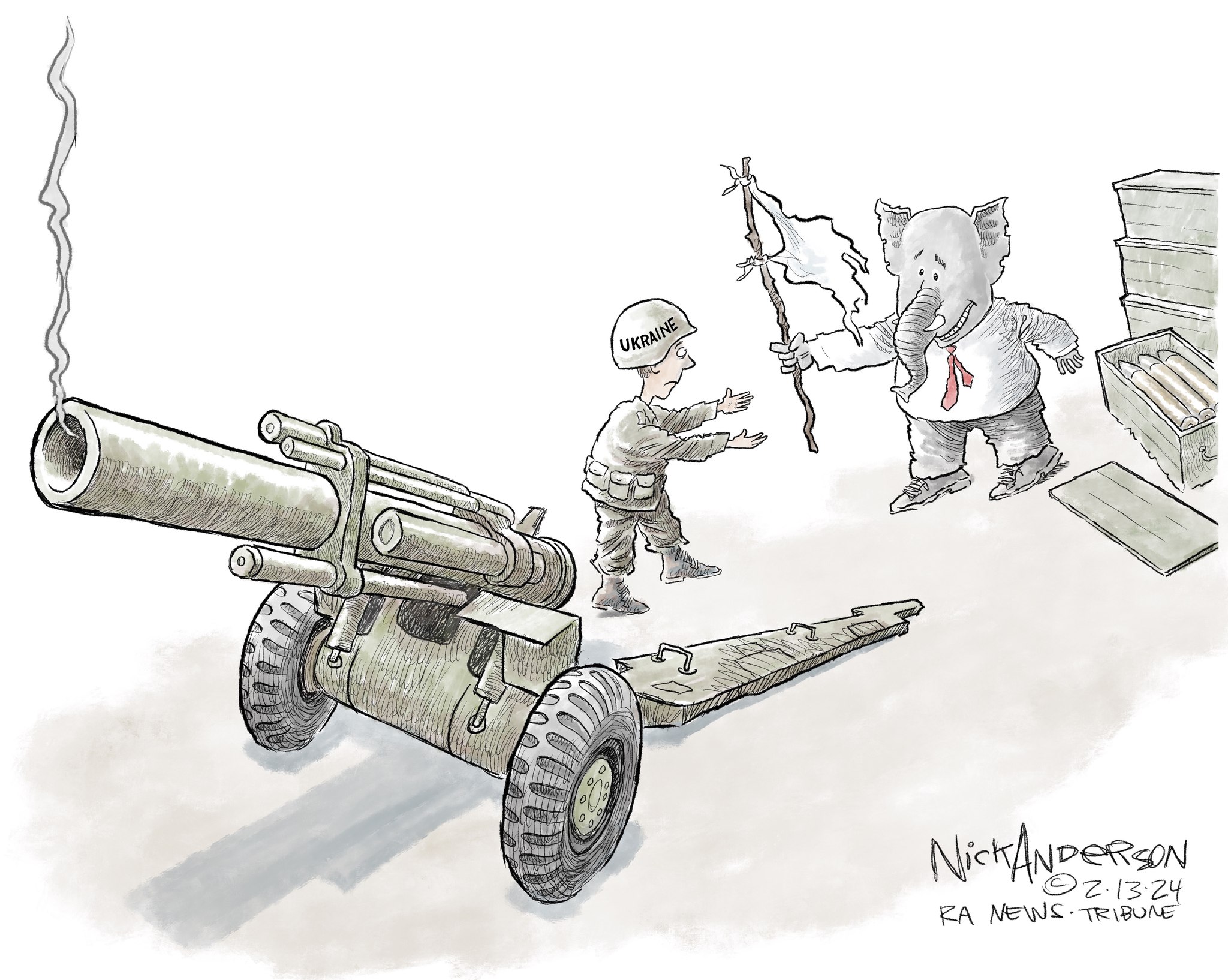

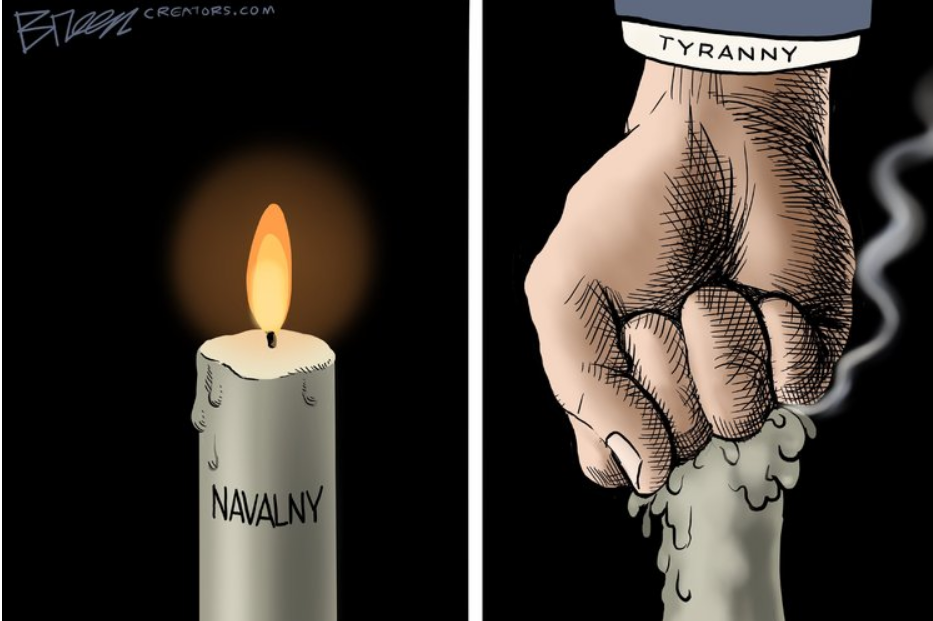


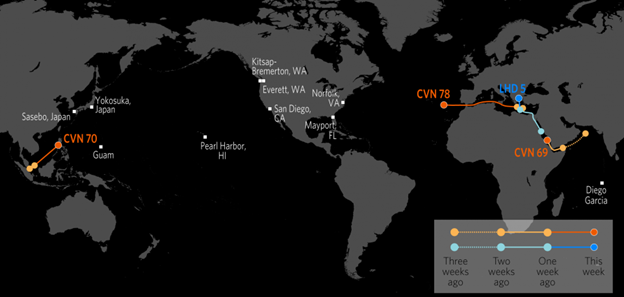




 Wildflower bloom, Peridot Mesa on the San Carlos Reservation, AZ – March, 2023 photo by
Wildflower bloom, Peridot Mesa on the San Carlos Reservation, AZ – March, 2023 photo by 

